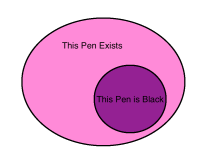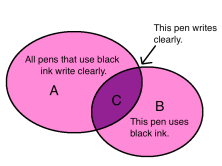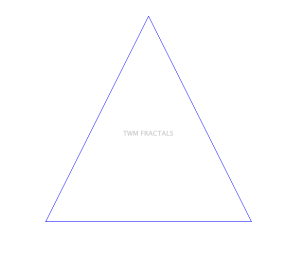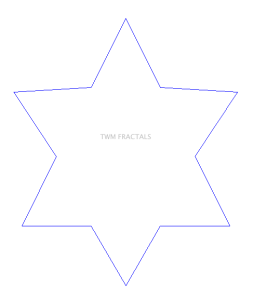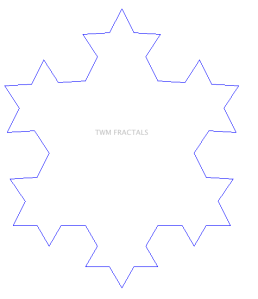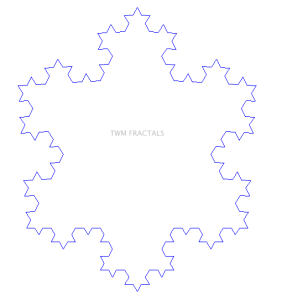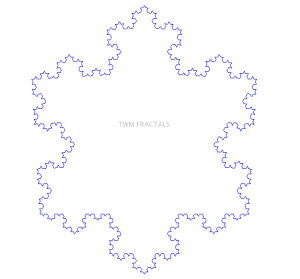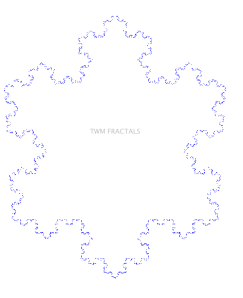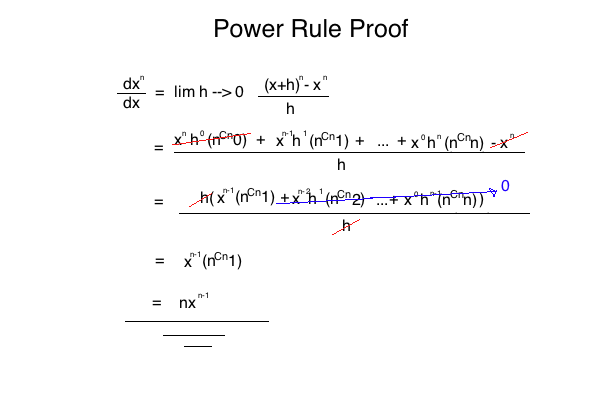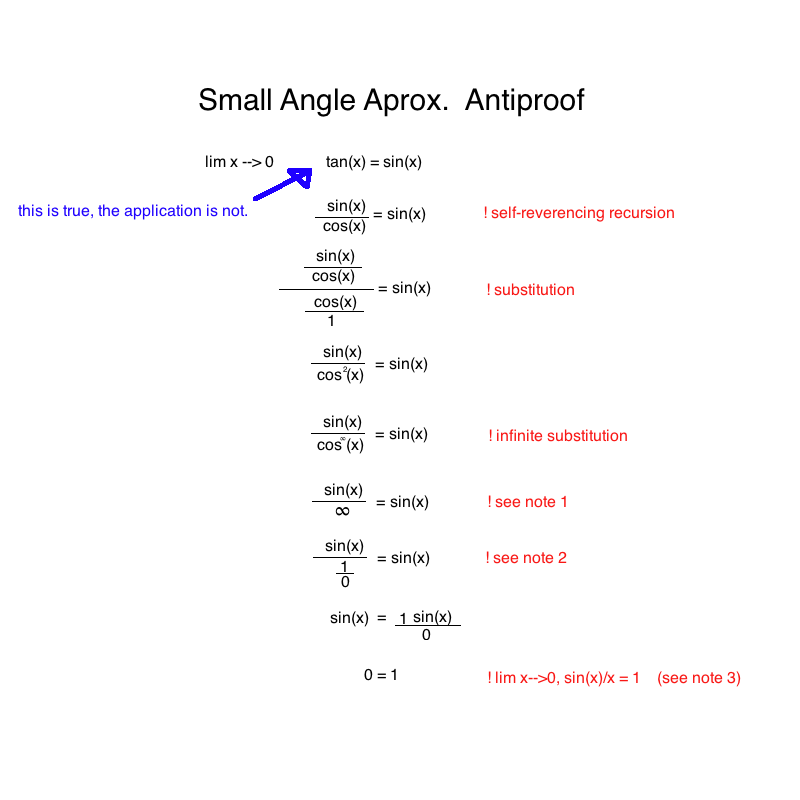A friend of mine was recently discussing hell with me, a delightful subject, and we came to the issue of being and nonbeing. I realise I can often sound kind of crazy when I present one of my models on just about anything, so I thought I’d post about it in the hopes of straightening things out a bit. If I do not achieve that end, at least the rest of the public will be able to benefit from the entertainment. Everyone loves a good crazy-man-ramble; that’s why Shakespeare is so full of them!
I think that’s the first exclamation mark I’ve used in this entire blog!
So, to be clear, the question I will intend to address is: what does the Bible tell us that hell is?
In quantum physics, there is a theoretical phenomenon called quantum superposition. In summary (and, if you’re a physics person reading this, forgive me for not explaining this well), it states that a physical system exists, in part, in each of its possible states or configurations at the same time, though when measured, results will only suggest one particular state. It is my understanding, though I am much more a calculus person than a physics person, that there is not currently a satisfying model as to how this is possible, only a mathematical model for how physical systems behave under this theory, and the probability of a given measurement returning a given result. The phenomenon is often likened to some sort of analogy, a common example being that of “Schrödinger’s Cat,” which goes as follows: a cat is placed in a box where it cannot be seen along with a lethal vial of poison that will automatically be broken after an unknown, finite duration of time, killing the cat. While the box is closed, the cat is therefore considered to be both dead and alive (‘superpositioned’ in these two states simultaneously). It is not until the box is open that a measurement reports a single one of these states.
In some ways, these sorts of theories seem to me like the attempts of physicists to jam together a whole lot of facts that we just can’t seem to make proper sense of, but in other ways, they seem to make perfect sense based on the empirical information we have and the accompanying math. I suppose the theories can be described in both those ways at the same time.
I bring this up because my model of hell is very similar in nature to these sorts of theories. There is a conflict in a lot of the most essential writings of theology and Christian literature (and even an implied conflict in the Bible) between hell being a real place that God sustains for the continued punishment of evil and hell being the conceptual place of nonexistence. Let us call the first of these the “classical” theory and the second the “annihilationist” theory. There seems to be particular issues with each of these models: in the classical theory, we have two main issues (1) how could a loving God be so mean as to actively torture his own creation? (2) how could any place be a hell if God himself is sustaining it? wouldn’t his very presence make it a heaven? And in the annihilationist theory, we have two main doctrinal issues: (1) how is it justice if the unsaved just cease to exist? it seems like they got away with it. (2) what about the lake of fire and all that? doesn’t the Bible Itself completely debunk this theory?
I shall discuss each of these issues before arriving at my model.
As for the first issue of the classical theory; that is, how could a loving God be so mean as to actively torture his own creation? Most doctrines suggest that God is not doing anything of the sort. Those who are damned are simply allowed to do as they chose, and however painful such a choice may be, they much prefer it over having to answer to a Higher Authority˚. Of course, this presents a problem, because it is impossible to not answer to God, as He is the very definition of Reality, so part of hell is irrationality. There is no logical way for one to justify one’s own damnation, therefore one turns to the illogical. This is one of the many things that Milton portrays so well in his Paradise Lost. In the second book, when the demons are holding council, after having been damned to hell, to determine a course of action, Mammon (one of the demons) says this: “Let us not then pursue / By force impossible … our [former] state / Of splendid vassalage [under God in Heaven], but rather seek / Our own good from ourselves, and from our own / Live to ourselves, though in this vast recess [that is hell], / Free, and to none accountable, preferring / Hard [or painful] liberty before the easy yoke / Of servile Pomp” (Milton II.249-257). Of course this is completely irrational, as there is no joy to be found in hell, and to be confined to flames is certainly not freedom, but hell is a matter of illogical rhetoric, and the demons are good at this. Even a parting from reason is an abolition of freedom, for as the classical model of the soul suggests, a will is not free without reason. Logic is what makes the act of willing pointed. Without it, a will is just a random decision maker; there is no point to willing something if one does not do so for a reason. (What’s the difference between saying “I had a point in doing it” and “I did it for a reason”?)
But I digress, the point is, hell is a place of reversals; what seems to be freedom is oppression, and what seems to be oppressive torture by God is really just free choice by man.
As for the second of the classical issues (how could any place be a hell if God sustains it?): Somehow, God must create a distance between Himself and that evil, for it is an Omnipotent impossibility (Absolute Nonsense) for God to be united with evil. Therefore, God must be entirely absent from hell. But how can something exist apart from God? For “without Him, nothing was made that has been made,” and in a timeless reality, as we are lead to believe eternity exists, to be made must really be the same as to exist. Thus it seems that nothing should exist without Him, and indeed it is commonly excepted doctrine that without God, we would cease to exist. So how can hell exist where God is absent? This issue seems to confirm that our model is required to contain some element of annihilationism.
The two issues with the annihilationist theory do not bring up anything of significance themselves other than that our model must include some element of the classical theory. However one piece of evidence directly in favour of the annihilationist theory is Jesus’ repeated reference to the saved being blessed with “eternal life” (ex. John 17), the implication that the damned to not receive this.
So it seems hell must be a place where God is entirely absent, and evil suffers from the very nature of being evil (for to be evil is to suffer). Thus we have two elements of the model that need to be jammed together like the quantum physics model discussed earlier. And thus, hell is a place where the nonbeings exist–the failed creations, those who were given the option to be a part of the Body of Christ, to live eternally, and chose not to. Clearly there is a sense in which, while Heaven is everlasting life, hell is well thought of as everlasting death*. Thus it is described as an abyss (Revelation 9), or a bottomless pit (Revelation 20) where one may not rest (Isaiah 57), and evil is often associated with falling (Proverbs 24:16). All seems to invoke a sense of infinite nothingness, and this is indeed what one should mathematically expect it to be like, for since there is such a thing as infinite somethingness, anything aside from that somethingness must be infinitely nothingness. Another common biblical image is the likening of evil to darkness and Good to light. Darkness is nothing in itself, but is the absence of light. In this way, we can imagine something outside of God which, while it is nothingness because it is apart from God, still exists relative to God, and is thus neither self-sustaining nor nonexistent, just as darkness could be said to be sustained, as an independent entity (or non-entity), by the existence of light while it is still nothingness. One thing worth noting with this analogy is that just as light and darkness, Good may exist without there existing evil but evil may not exist without there existing Good, for darkness is only defined relative to light (it is the absence of light), but light is a thing in itself†.
So there we have a good chunk of the biblical basis of the model, but let us continue to develop images for it, now secular ones, in order to better isolate it.
There’s always calculus to do this for us. Let us imagine and infinite God that creates a finite being which of its own free will, chose to part from its maker. Thus, the finite being can be represented by lim x->∞ 1/x. And thus, it can be said both to exist and not exist in the same way that the limit is always zero but the function never is. This relates nicely to the image of constant falling in a bottomless pit˚.
Lastly, let us consider an image for you folks that don’t care so much for math and technicality. A story: Once upon a time, there was a boy named Jimmy. Jimmy loved to smoke, eat fries, and listen to a single rap song, which he played very loudly. All these things were, for him, the greatest joys in life, and he did all he possibly could just to get more of them. Then, one day, Jimmy suddenly broke down; he couldn’t stand his life any longer and he didn’t know why. At therapy, he was introduced to classical music and forced to start eating better and stop smoking. Suddenly, he realised that he had never known pleasure till that day, but had always been in a lot of pain. It was as if his life had changed from black and white to colour. He no longer enjoyed smoking or eating junk, nor did he consider that rap song to be music. Thus, there was some sort of paradox between the existence of pleasure in those activities and the absence. It seems that they are existing pleasures, but whence one compares them to something much greater, their value completely vanishes. So may it be with Heaven and hell. Hell may exist, and creatures damned to it may consider it to constitute as existence (though, unlike in our story, they will find it very painful), but if they were to be graced by but a single delicate ray of Heaven, they would blaspheme their very beings and call it death. It is clear which of the perspectives is the most correct one. God is Reality, and since everything exists relative to Reality, that is, to the Absolute Truth, Heaven must have the final say.
Like much of my writing, this may just seem like a whole lot of work over something trivial, after all, all we really need to know about hell is that it’s a place we don’t want to end up, but this could perhaps help some people reconcile the mystery of infinite love and divine justice (two elements that Christianity is the only religion I know of to sufficiently address, and does so primarily through its unique doctrine of Redemption), but the main point of this theorising is to create functional models that may be used in other circumstances for the accomplishment of more practical ends.
I do anticipate mathematics catching up to this concept in the future; it’s a wonder we don’t already have numbers that are simultaneously entirely real and entirely imaginary.
__________________________
˚ Conceptually, there is a difference between God creating and sustaining a place of torture away from Himself to which all are given the option to go, and Him actively torturing them.
* Thus Milton also writes “Then who can create thee lamenting learn / When who can uncreate thee thou shalt know” (Milton V.894-95), and thus revelations talks of damnation as the “second death.”
† An interesting aside is how this relates to eastern philosophy. It upholds the idea of nonbeing, or whatever they prefer to call it, but refutes the idea of Yin and Yang, because while nonbeing is dependent on being, being is not dependent on nonbeing, and thus the one is evil and the other Good. There is, therefore, an essential difference between the two that results from logical necessity.
˚ It is interesting to note, however, in this case we are literally plugging in infinity for x, and therefore we arrive at an absolute infinitesimal (that is one for which, like a recursively defined infinitesimal, rate of change is irrelevant), and in calculus, we like to say that infinitesimals are both nonzero and zero quantities.
Please note: on further examination, it was found that there had actually been twenty-five other exclamation marks on this blog preceding the ones above, so I was a little off; I didn’t realise I was such an exciting writer!
